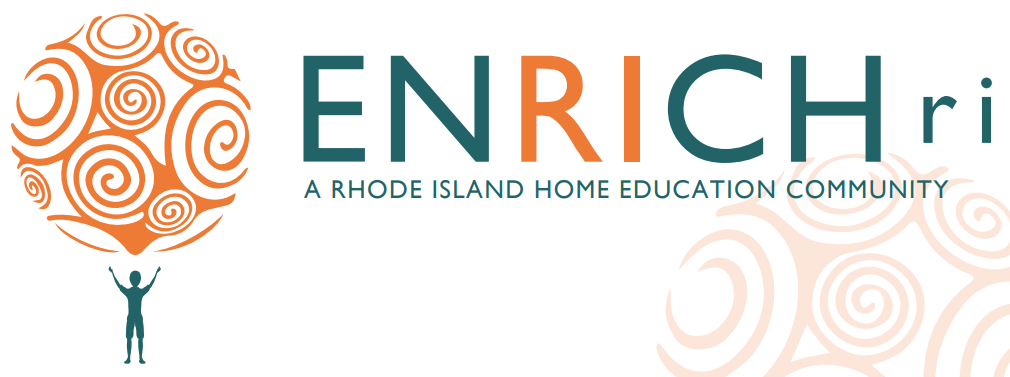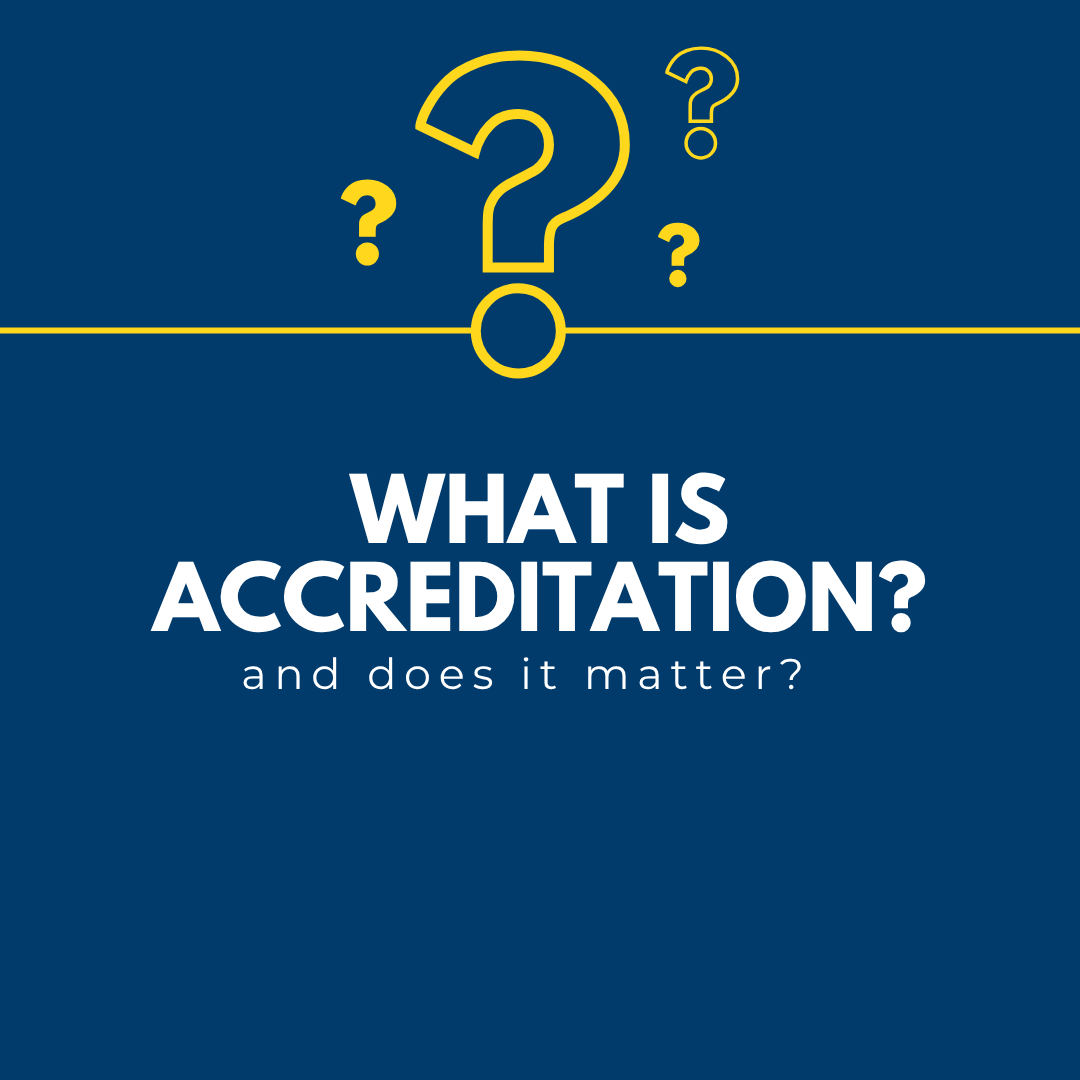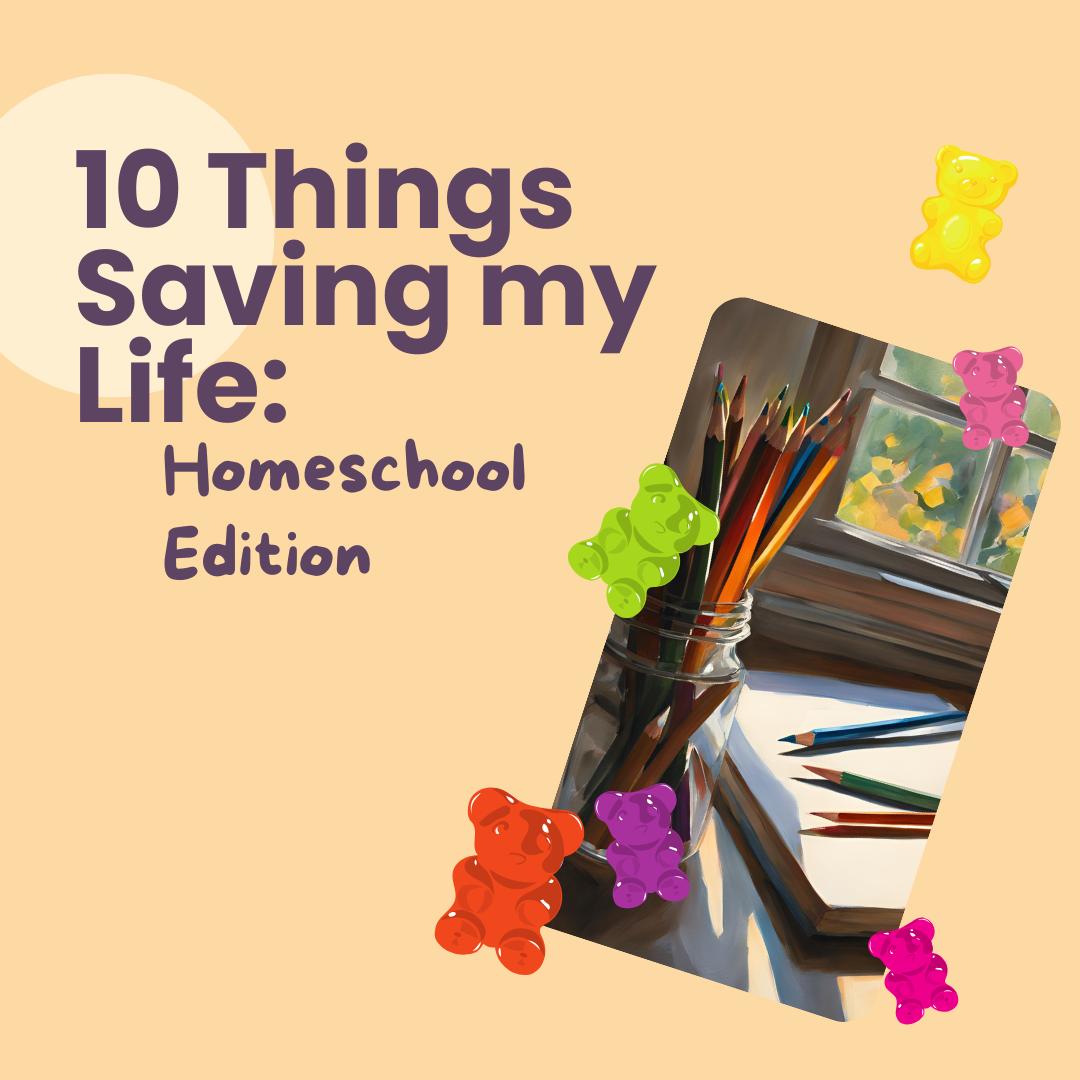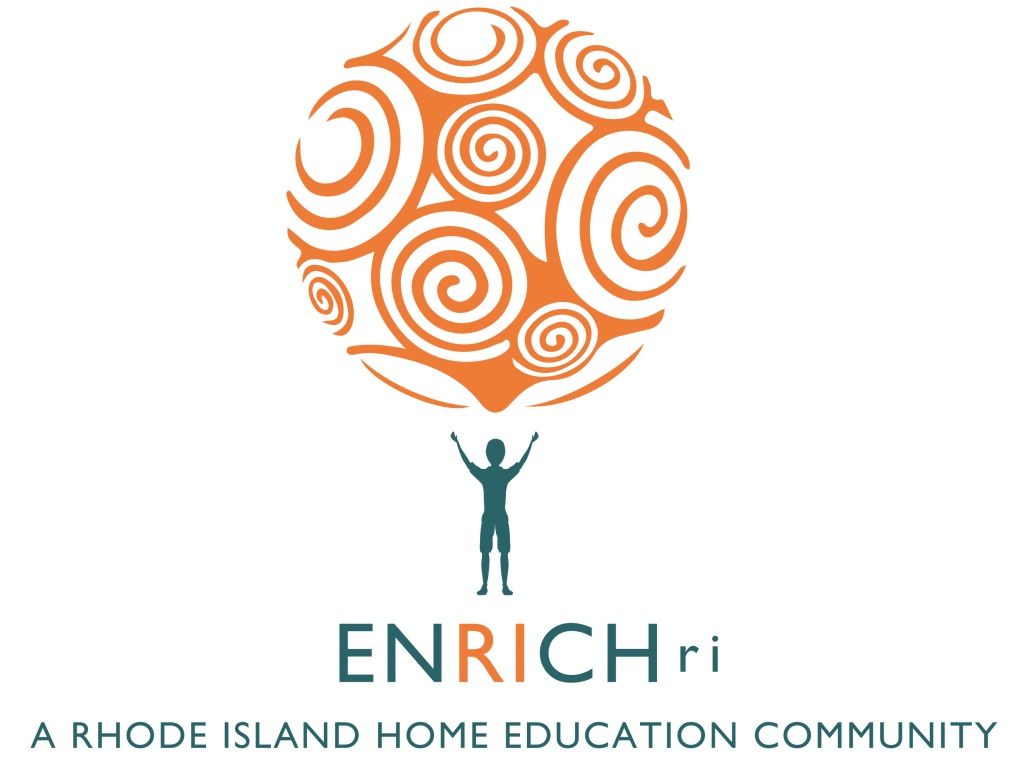Homeschooling High School: Dual Enrollment
What You Need to Know About Dual Enrollment

What is Dual Enrollment?
Dual enrollment is when high school students take college courses, either online or in-person, through a community college or four year university. It’s called “dual enrollment” (sometimes referred to as “dual credit”) because the student is completing both high school coursework and college level coursework at the same time. The credit that is earned can be applied to BOTH the high school transcript and, if accepted by the college/university they ultimately attend, to their college credit requirements as well.
Most colleges offer dual enrollment options of some kind, though they may be restricted by type of class or age/grade of student. Students typically take 100 and 200 level classes that fulfill general education requirements (social studies, writing, literature, math, science, etc).
Why Take Dual Enrollment Classes?
There are several reasons why homeschool students choose to take dual enrollment classes. The most common are:
- To earn college credit at a lower cost. Dual enrollment options are typically cheaper than tuition at a four year school so many families choose to complete some general education requirements prior to entering college to save money. If this is your goal, you should ensure that the classes you select will be accepted by the colleges you are targeting. Transferology is a great resource that can help you make this determination. Also, the website Homeschooling for College Credit can help you find opportunities to pursue credits in high school.
- To experience a classroom environment. Many homeschoolers have never been in a traditional classroom and even if they have they most likely have not had experience reading a syllabus and understanding college level assignments. Taking an in-person dual enrollment course allows the student to experience what it’s like to be in a room with 20 or more other students (of all ages), how to interact with students and professors, experiment with how they best learn in that environment (should they sit at the front of the class or back?, do they take better notes by hand or on a tablet/laptop?), and understand the structure of a typical college class.
- To provide additional support for parent-given grades and provide weight to their transcript. Homeschool parents sometimes worry that colleges will question the grades on their student’s transcript. While parents should not be overly concerned, having outside classes and grades given by other instructors lend strength to the parent-given grades. We have also found that taking dual enrollment courses have given high schooler homeschoolers a confidence boost - it’s not just Mom who thinks they’re great!
- To find a recommender. College applications often require letters of recommendation from someone other than a parent or family member; in many cases these are required to be from an instructor of some sort. Dual enrollment classes are a fantastic way to fulfill this need. However, if this is a goal you will want to ensure that your student knows they need to proactively work on establishing a relationship with the instructor - actively participating in class, asking questions, attending office hours, etc. It is difficult for an instructor/professor to provide a recommendation for a student they do not remember so be memorable!
- To pursue a class of interest or take lab-based classes. Dual enrollment can also be about pursuing an interest further, exploring a potential interest, or taking advantage of science and/or technology labs.
Where to Take Dual Enrollment Classes?
There are many options of where to take dual enrollment courses in Rhode Island, nearby MA and CT, as well as online. Here are a few that homeschoolers have recently taken advantage of:
- Bristol Community College - no age restrictions
- Roger Williams Extension School - no age restrictions
- New England Institute of Technology - juniors and seniors only
- Community College of Rhode Island - juniors and seniors only
- University of Rhode Island - no age restrictions
- Arizona State University Universal Learners - online courses, no age restrictions; this is the only no-risk program in the country: you pay $25 to take the class and then decide after completion whether to transcript it for $400. This is a great way to introduce a student to college-level work. You can also find more information at Homeschooling for College Credit.
- Husson University - online courses, FREE tuition for New England high schoolers, juniors and seniors only
These are only a handful of the opportunities available. If you are interested in taking courses at a particular school definitely check their website for information as most colleges and universities offer dual enrollment programs.
Be aware that most institutions will require your student to take the Accuplacer test prior to enrolling in courses. This is simply a math and language placement test - it’s not a big deal. If they score below a certain benchmark they will be required to take an introductory course before enrolling in some classes. They only have to take this test once at someplace like CCRI and scores can be sent to other schools. More information can be found at
College Board: Accuplacer or
CCRI Accuplacer.
What Else Do I Need to Know?
There are a few things to keep in mind when you’re deciding whether or not to pursue dual enrollment. First, these are college courses and will not be adjusted for your high-school-aged student. This means there may be materials or discussions that your child may not be ready for or that you may not be comfortable with even in courses where you least expect it. Second, the college is enrolling your child, not you. Your child will be the one responsible for communicating with their instructors and the institution; they will not speak to you. Of course, you can coach them through this, but they need to be capable of handling the responsibility. Lastly, the grades your child earns through these courses will be on their permanent transcript. This means they must be reported to all colleges that your student applies to in the future. So it is important that you are confident in your child’s capabilities before starting down this path!
For more homeschooling high school information check out our Homeschooling High School Series
Share Article































